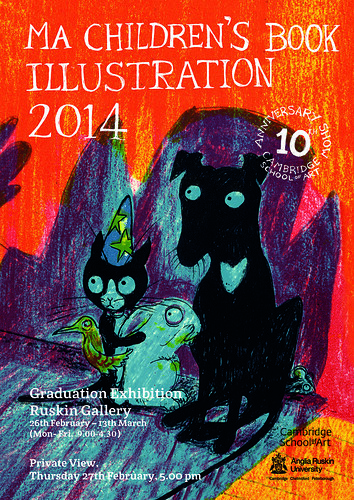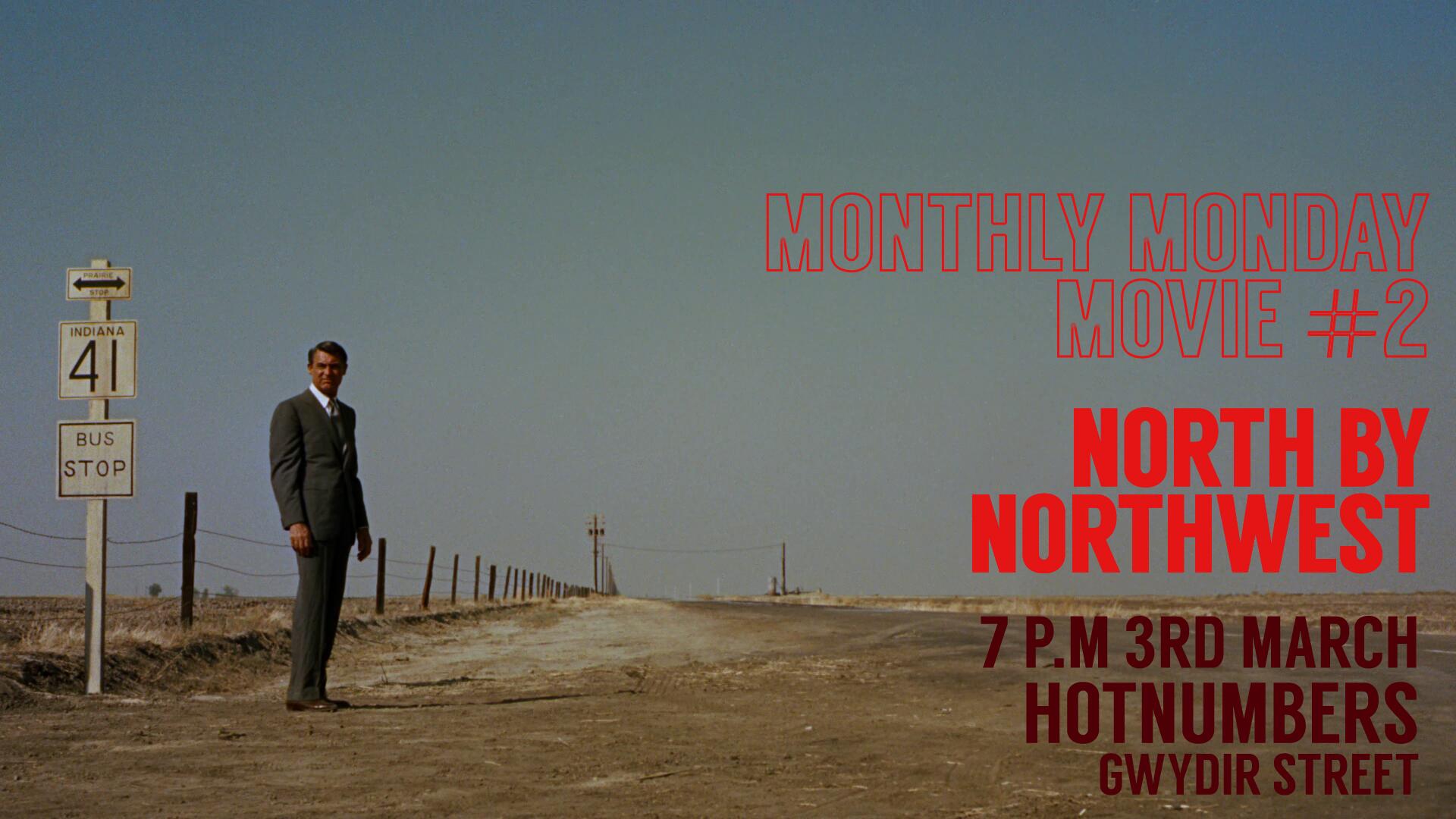The Monuments Men
Spot the art
So I saw The Monuments Men (directed by George Clooney) last night. If you don't wish to be spoilered, do not scroll down and please leave this page now!!!
On the whole, I found this film fairly mediocre, even annoying (the music! my ears -- and that from the usually impressive film composer Alexandre Desplat) and a times awful (Christmas song -- cringe). But despite this, I still enjoyed much about this film. Why?
Because of all the art!
The first ten minutes, especially, were like a veritable 'Spot the artist' quiz, with me going, "ooh, there's the Ghent altarpiece!", "ooh, it's Velázquez", "ooh, is that a Reynolds or a Gainsborough?". There was a veritable cornucopia of art overload in the scene pictured above: like one of those marvellous "spot-the-artist" gallery paintings of the Flemish 17th century.
 |
The Archdukes Albert and Isabella Visit a Collector's Cabinet, early 1620s, Walters Art Gallery, Boston. Source: wikipedia.nl
|
Of course, the art works weren't 'real'. This became blatantly obvious in the scene where a number of rolled-up paintings are shown with the painted sides of the canvas facing outwards. (Who rolls paintings up with the fragile side exposed??)
But still!
Spot the art historian
Also, it's not often that I get to see my own profession on the big screen. In fact, I only remember seeing an art historian in action once before, in Mona Lisa Smile. Here's Julia Roberts standing in front of an abstract expressionist Jackson Pollock painting. (Yay.)
|
|
Mona Lisa Smile. Source: talktalk.co.uk
|
Of course, the art historians (museum curators, Harvard professors, architects, collectors) in The Monuments Men don't behave exactly as art historians do. For example, no art historian I know exclaims upon seeing this sculpture (abandoned by Nazis at Neuschwanstein Castle), "It's a Rodin!", as they do in the movie.
(We would yell, "It's the Burghers of Calais!")
Also, art historians do not generally refer to pieces of art (movie-speak); we say works of art. (No doubt, police, criminals, superheroes and other professions that feature more heavily in the movies than do art historians cringe inside their skins all the time...)
But I can quibble only so much with a film that celebrates the love of paintings and sculptures. Look at this scene, for example: actors Dimitri Leonidas, John Goodman, George Clooney, Matt Damon and Bob Balaban -- all clustered around a table full of painting catalogues (I'm spying a black-and-white photo of Jan and Hubert van Eyck's Ghent altarpiece open on the page before them) and in front of an entire room full of ancient classical statuary. Look, there's the Spinario [boy pulling a thorn from his foot]! Look, there's the armless Venus de Milo!
How Catholic is Catholic art?
Here's the movies' empty and looted Ghent altarpiece in a Bruges church (filmed on location, by the looks of it):
The Ghent altarpiece is exquisite. It was lovely to see it on screen. Not so sure about the repeated comments about the importance of this altarpiece to Catholics and because it was Catholic.
Again, not something that art historians tend to say first and foremost: we, above all, know about the importance of religion for the making of art (see my advent series) but art historians tend to say art before they say religion. And certainly, we would not say that a work of art is important because it is important for one of the many creeds of this world. No, a work of art is important because it is art.
The unfortunate side effect of what the movie-art historians were saying - this is important to Catholics - would be the implication that the Ghent altarpiece is therefore, somehow, not important to non-Catholics. And that way iconoclasm lies.
Before you know it, you're smashing other creeds' icons because they don't agree with your own, you're blowing up statues of Buddha in Afghanistan, you're staving in the faces of the saints in Ely Cathedral.
 |
| Eve, from van Eyck's Ghent altarpiece, 1430s; source: wikimedia |
So I didn't like the movie-art historians harping on about the Catholicism. And at any rate, the dots didn't join up because a few scenes later, they'd be extolling Picasso, van Gogh and Manet -- whose relationship to creeds is more complicated but whose works, in the film, were extolled only as Art.
This brings me to another interesting point about the film and the issue of art looting.
Booty, spoils and trophy art
If you don't know what The Monuments Men is about: it's based on the (true) story of a group of Allied art historians (in the widest sense) whose job it was to save art, architecture, archives and other artefacts of cultural heritage from being destroyed during World War Two.
Part of their job was to save works from the ravages of fighting: for example, to protect monuments from shelling. Another part of their job was to retrieve art that had been looted by the Nazis and was kept hidden (and safe from shelling) in salt mines and other places around Germany and Austria.
Here are some movie-art historians rescuing looted works from a salt mine. Not sure what the large painting on the right is (it looks like a 17th-century Dutch or Flemish scene, what with the tiled perspectival floor).
Now, in this context, the Ghent altarpiece has an interesting history. Read a summary here. The altarpiece had been looted before, most famously by Napoleon.
Here is Napoleon Bonaparte, showing off the Apollo Belvedere that the French looted from the Vatican in 1797.
 |
| Napoleon Bonaparte and the Apollo Belvedere in the Louvre; source: fineartamerica |
Part of the Ghent altarpiece was also stolen for the newly-founded Louvre museum in Paris. The altarpiece was returned after the Battle of Waterloo in 1815. And then the Nazis stole it again in the 1940s.
And not only the Nazis were taking artistic spoils of war. The Russians brought back works as part of what was called Trophy Art. Many of these works were never returned, and some were believed lost or destroyed until very recently.
Do you remember, for example, the spectacular re-emergence in the 1990s of Degas' picture of The Place de la Concorde, believed to have been lost but actually taken by the Red Army from the private collector Otto Gerstenberg's collection in May 1945 and deposited in the Hermitage Museum in what was then Leningrad? (Now St Petersburg.)
|
|
Source: Wikimedia Commons. Edgar Degas, Place de la Concorde (Portrait of Viscount Lepic and his Daughters), 1875, Hermitage (formerly: collection of Otto Gerstenberg, Berlin)
|
Also in Russia, in the Pushkin Museum in Moscow, is 'Priam's Treasure', taken from the Pergamon-Museum in Berlin, and before that dug up and taken from Troy in Turkey by Heinrich Schliemann in the 19th century. It was believed 'lost' until 1993.
|
|
Priam's Treasure. Discovered by Heinrich Schliemann. Source: Wikimedia.
|
Lootings upon lootings.
The movie The Monumens Men made out that looting art was akin to genocide. The 'evil' character of Stahl who collected looted art to be transported to Germany is, toward the end of the film, also revealed to have been a former death camp commandant. A patently absurd career move and completely devoid of any link to reality. Now I don't need my films to be totally 'realistic' but I don't like them to make misleading and misguided ethical points.
No, looting art and murdering people is not the same, and I find the suggestion that they are offensive.
And yes, evil people can love art. Art is not, in and of itself, morally or ethically 'right'. That is one of the challenges of art. And this would food for an entire new post...
Cambridge
Two things tie this film to Cambridge: some of it was filmed nearby, and it features a Cambridge don.
Remember the excitement about Clooney-and-Damon spotting last year in Cambridge? Actual filming took place at the Duxford Air Museum (I blogged about Duxford here).
Here's one of the actors with one of the Duxford planes. The Femme Fatale is herself an instance of popular art. :-)
Ronald Balfour was a Fellow of King's College in Cambridge and one of the Monuments Men. He was killed in 1945 when the church from which he was trying to save an altarpiece was shelled, in the town of Kleve in Western Germany, near the Dutch border.
The citizens of Kleve still remember Balfour. In 1985, he was awarded a post-humous medal by the town, and he has a street and a local archive named after him. In Kleve (or Cleves), he is honoured as a symbol of reconciliation who helped to save 'enemy' cultural heritage -- and wasn't always understood by other British soldiers.
It would be nice if we had a memorial to Balfour here in Cambridge as well.
I leave you with an image of the Bruges Madonna by Michelangelo who features much in the movie. And is a lovely, lovely sculpture.
|
|
Bruges Madonona. Source: Wikimedia.
|
Read all about it







